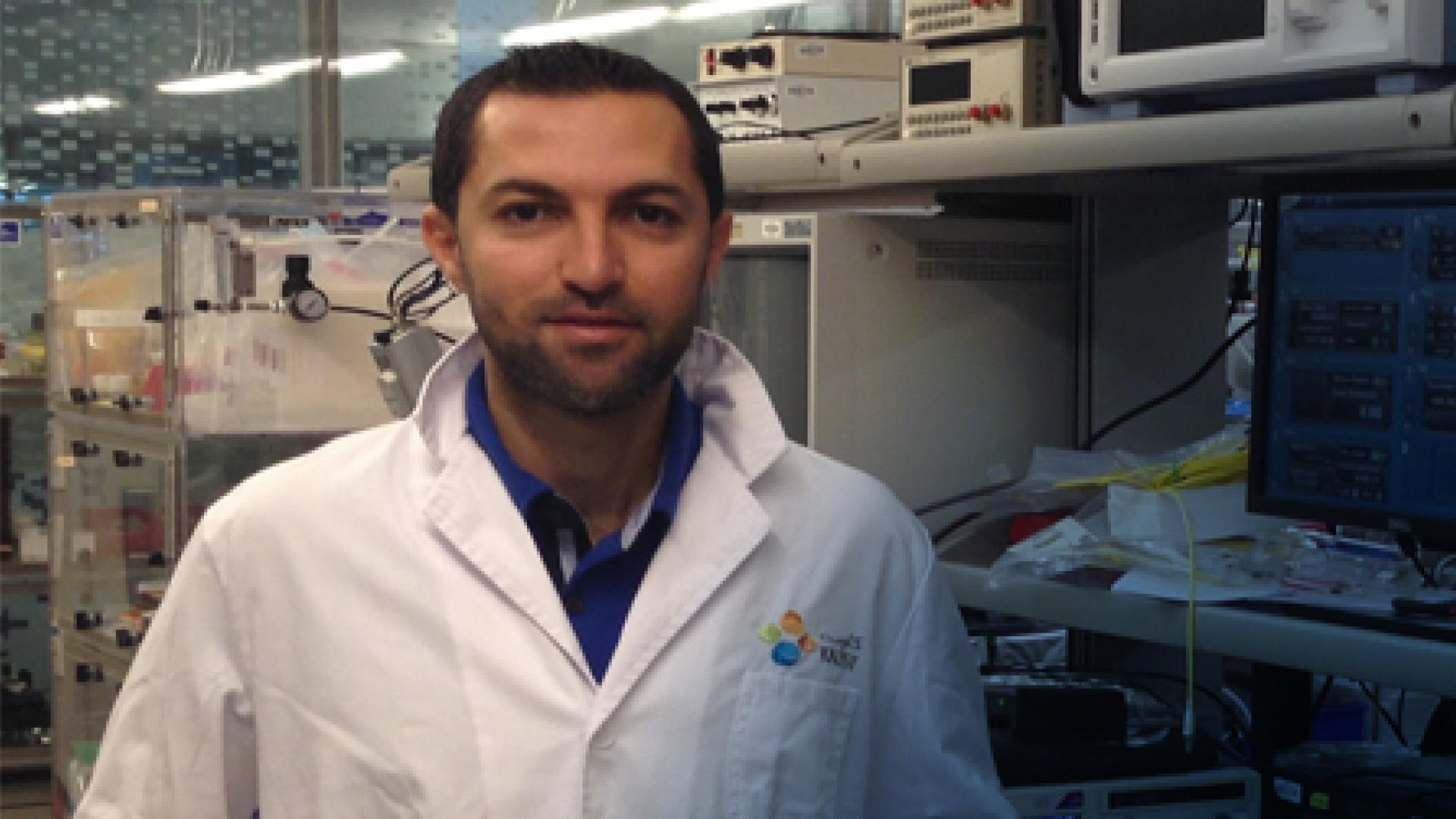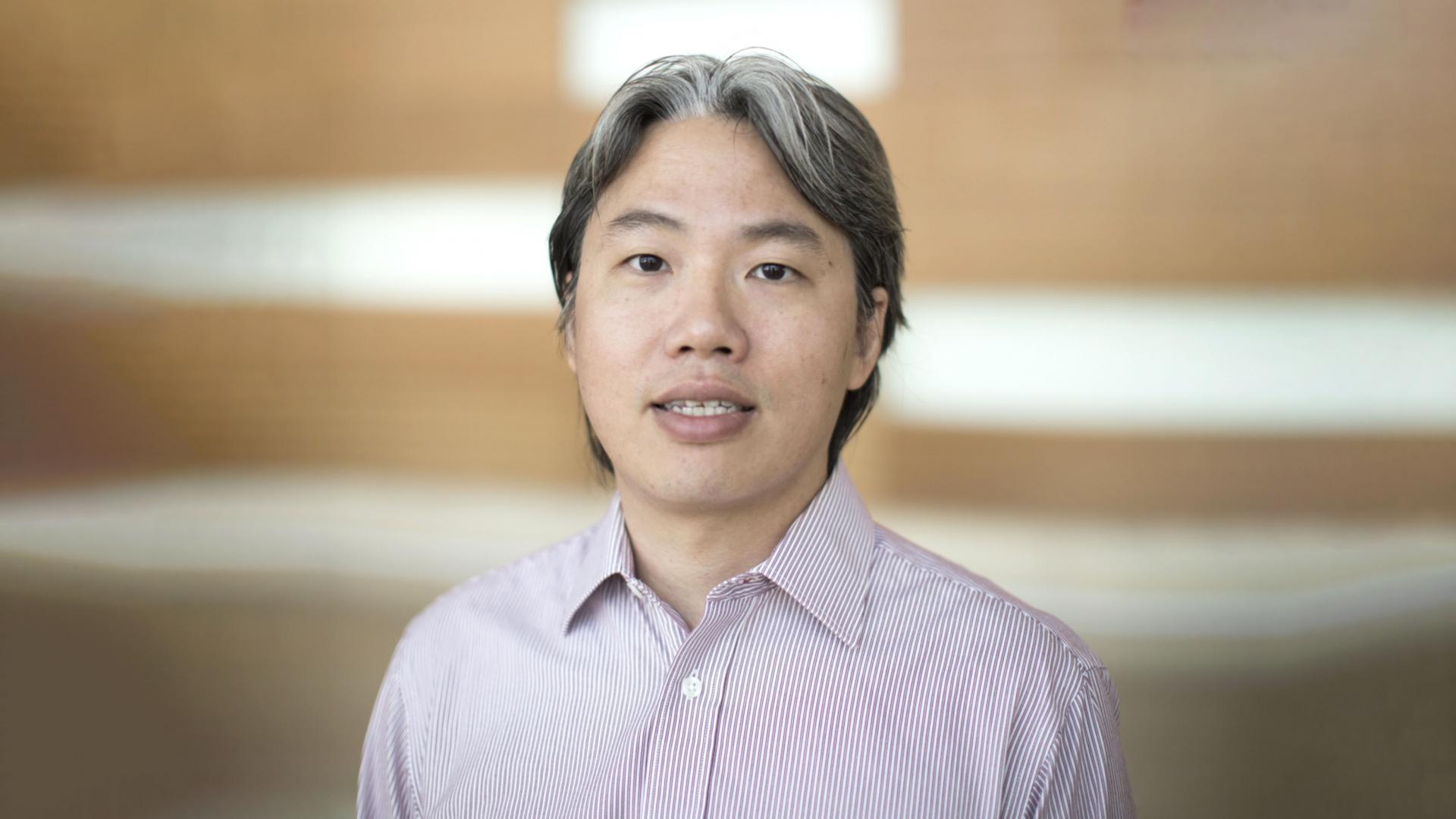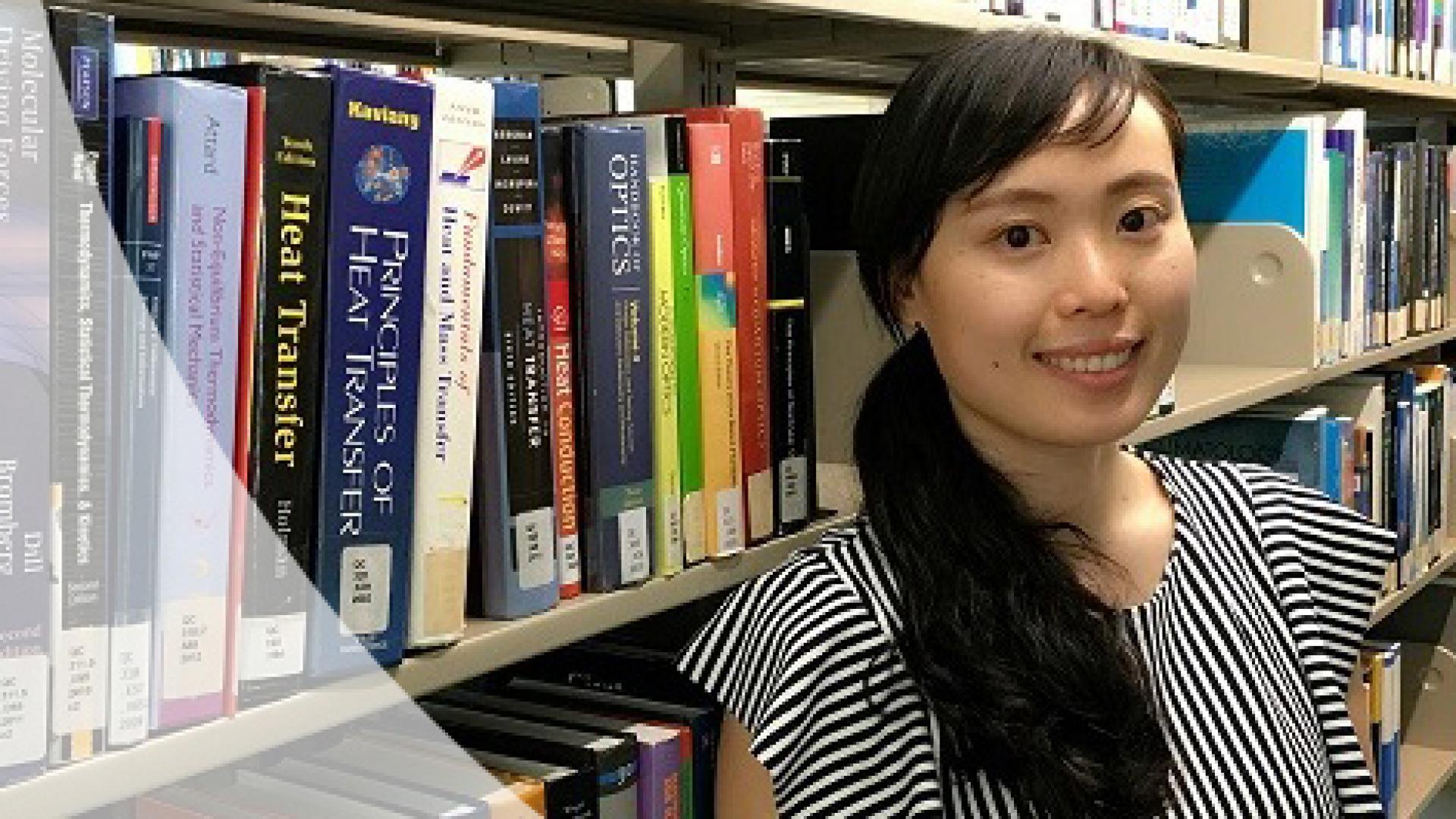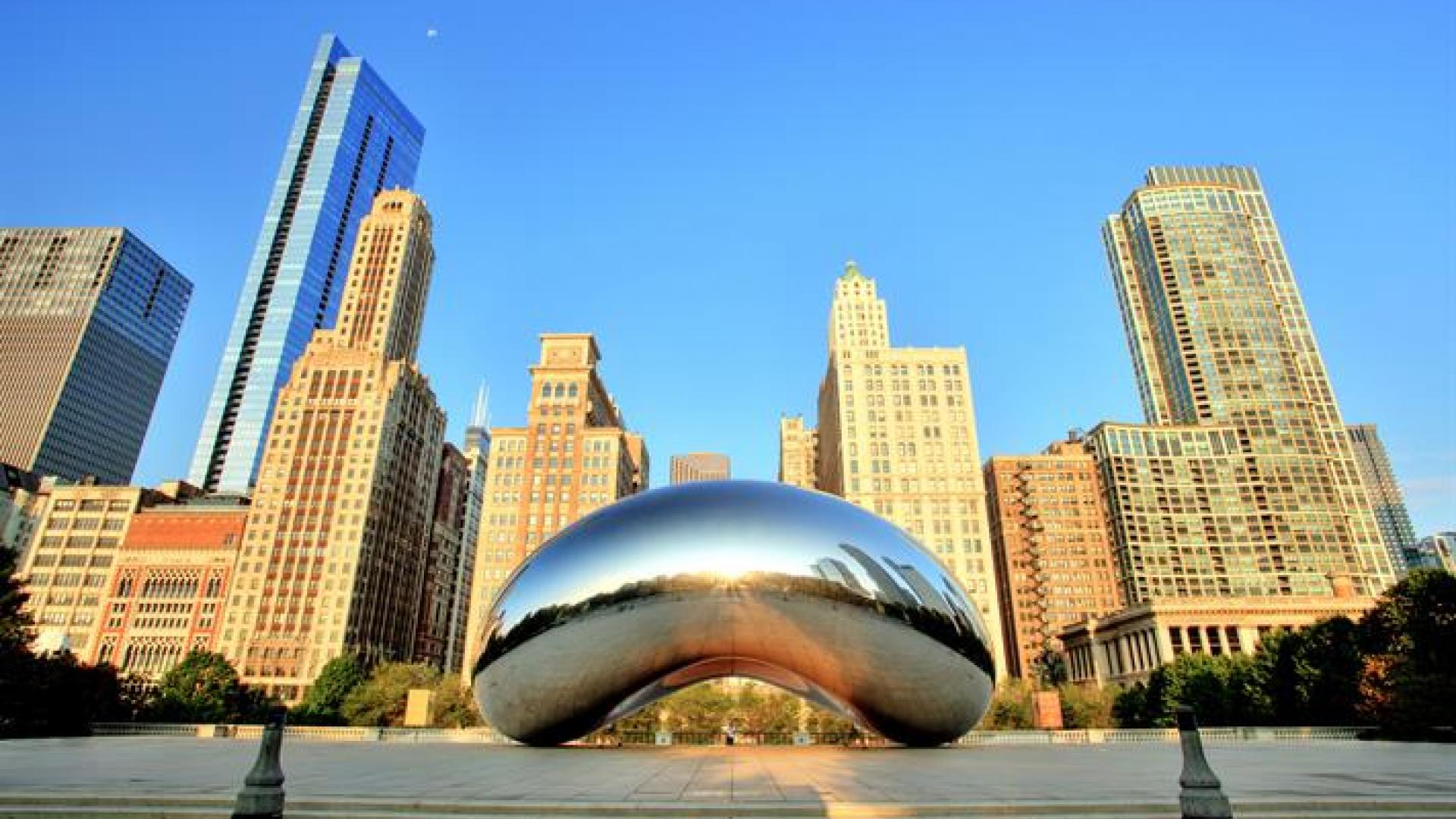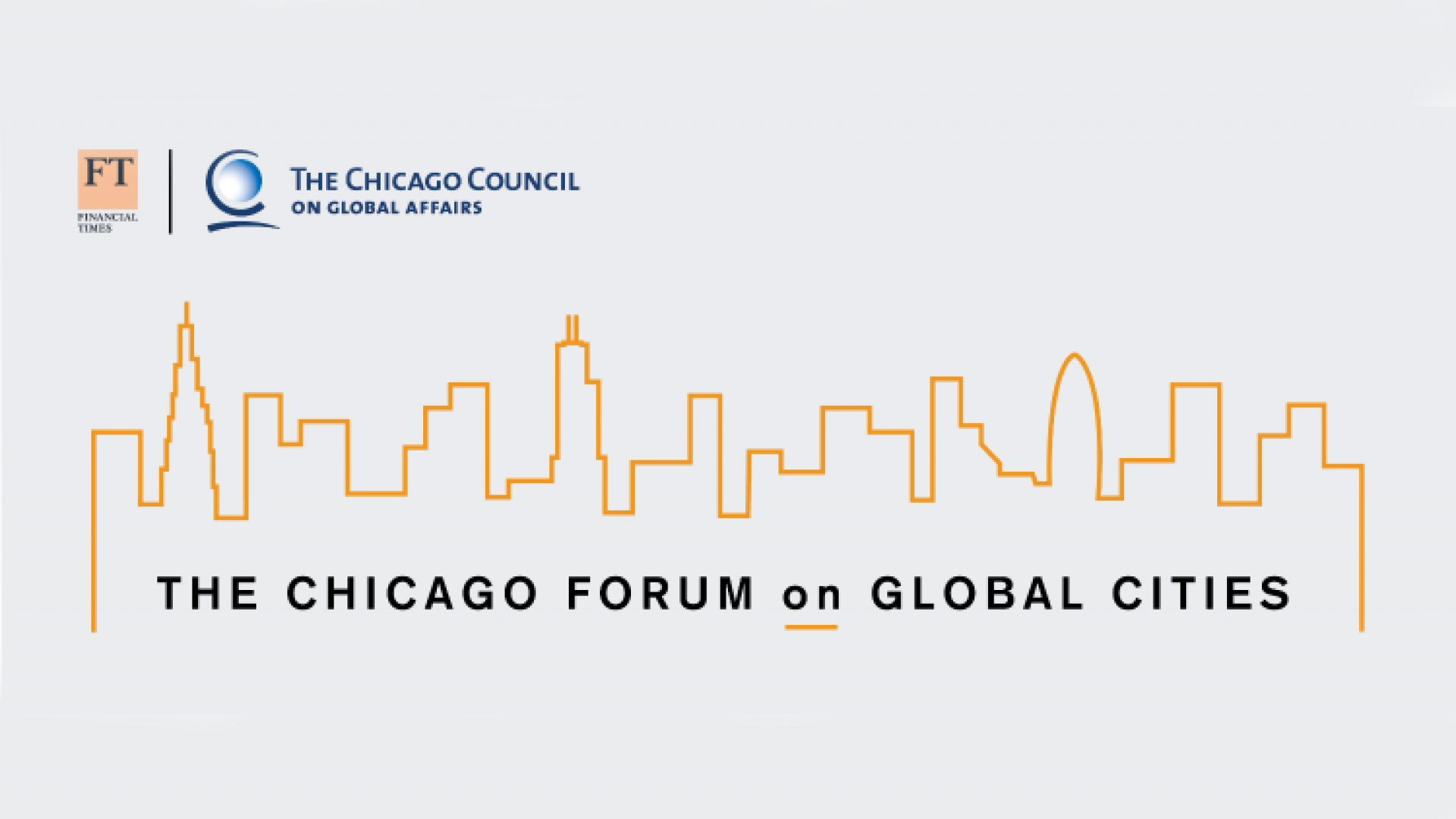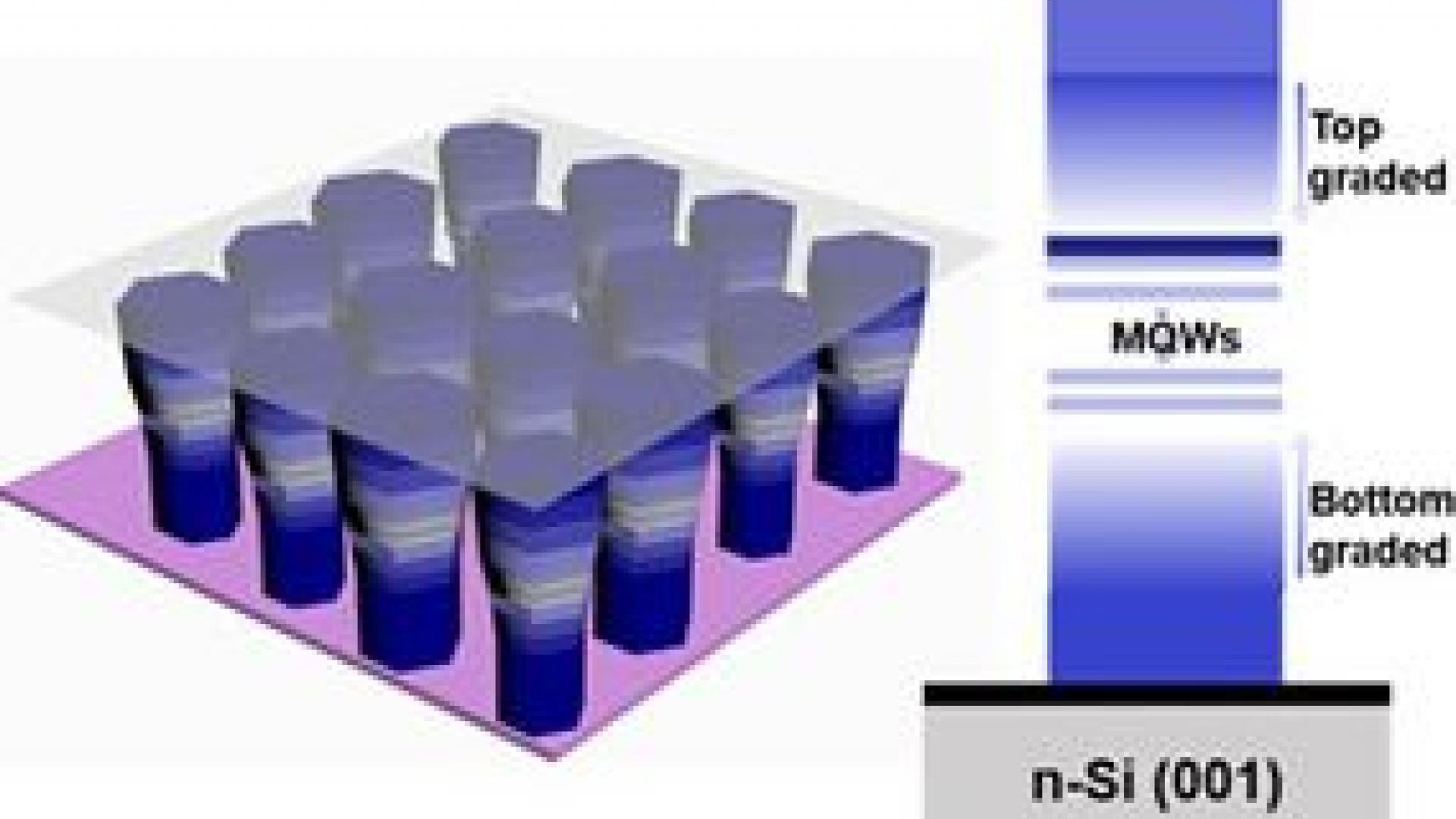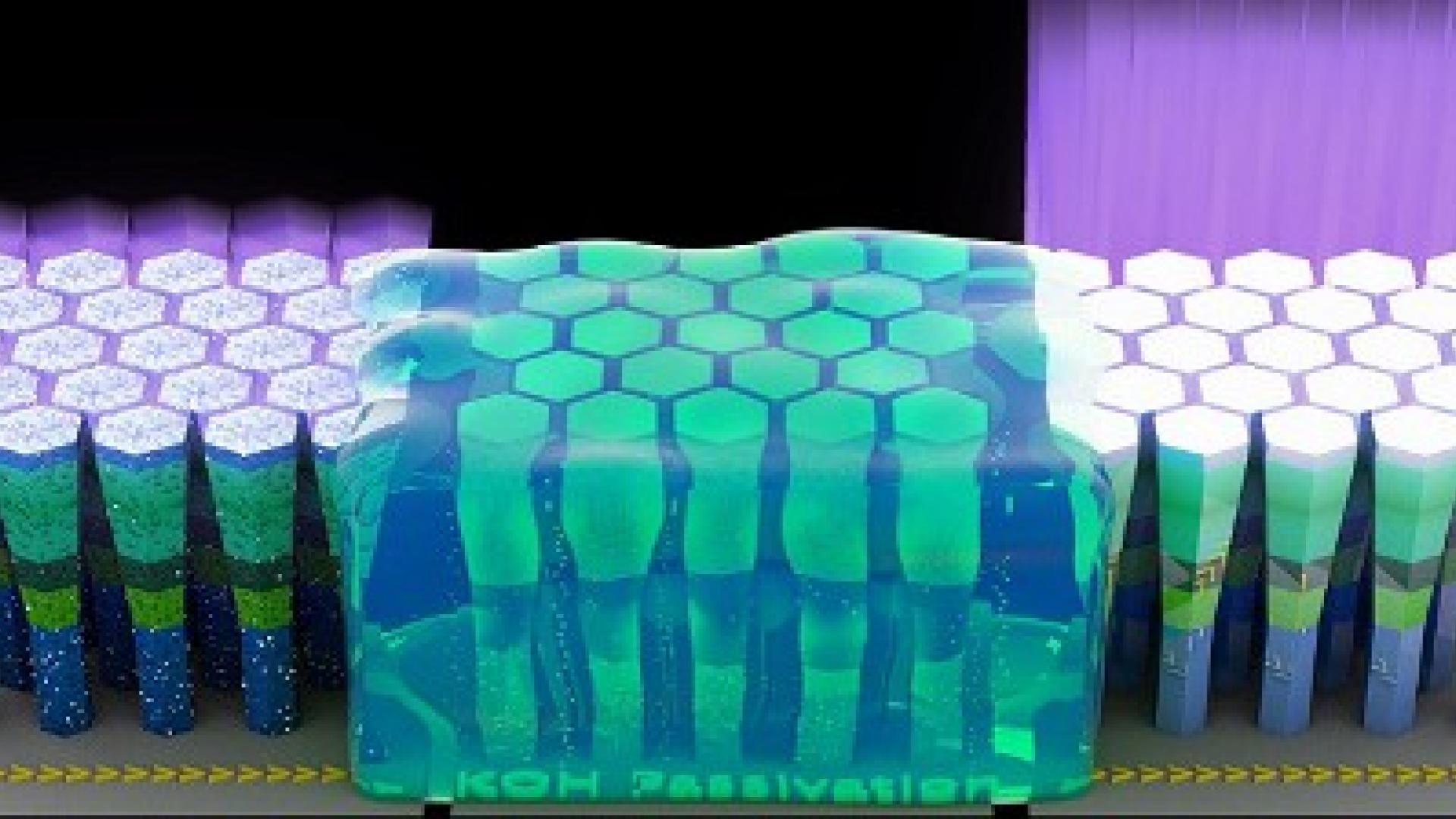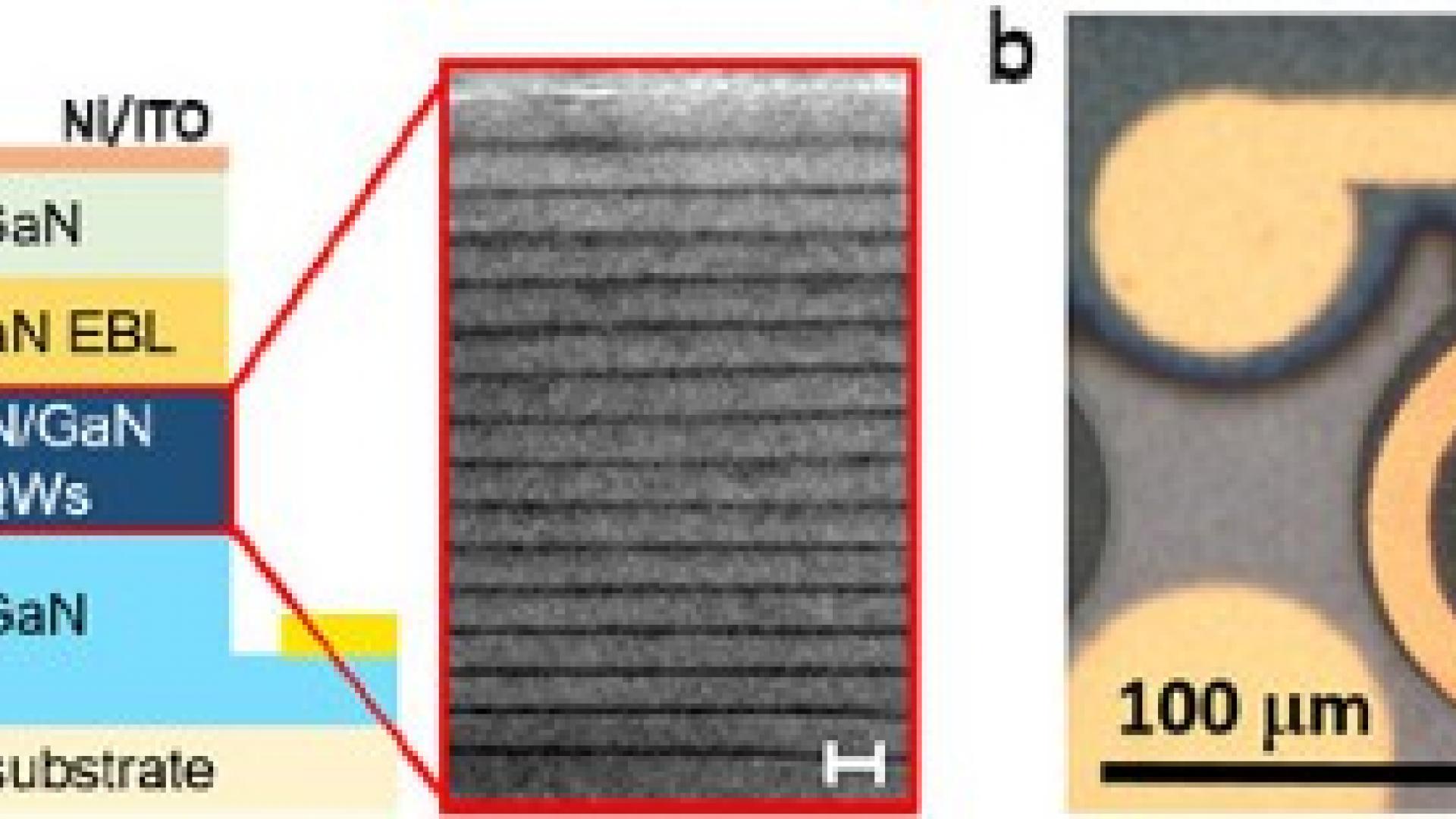Optical fiber sensors possess numerous advantages including immunity to electromagnetic interference, harsh environment operation, and miniature size. One attractive category of them is the distributed optical fiber sensors which can measure several parameters, such as temperature and vibration, along the entire.
Two Photonics Lab members, Latifah Al Maghrabi and Dr. Abderrhamen Trichili, have been selected for the Saudi delegation to the 69th Lindau Nobel Laureate Meeting, which will be held in Lindau, Germany. The meeting will be dedicated to physics with an emphasis on laser physics, cosmology, and gravitational waves.
Group-III nitrides (AlGaInN) feature direct bandgaps covering a broad range of the electromagnetic spectrum, making them suitable for solid-state lighting, chemical/biological sensing, water splitting, medical diagnostics, and optical communication.
Congratulations to Dr. Guangyu Liu on her elevation to the grade of IEEE Senior member. IEEE Senior Membership is an honor bestowed only to those who have made significant contributions to the profession.
Dr. Tien Khee Ng (KAUST Photonics Laboratory) and Prof. Jianchang Yan (Chinese Academy of Sciences) collaborated in guest-editing the SPIE Journal of Nanophotonics (JNP) Special Section on Semiconductor UV Photonics. The issue comprises 12 accepted articles inclusive of 3 review articles.
"AlGaN-based light-emitting devices are promising ultraviolet light sources to replace the existing UV gas lasers and UV lamps containing toxic substances (mercury). However, the performance of AlGaN-based UV emitters are limited, and in particular high-power UV laser diodes (emitting below 330nm) have not yet been reported.
The Optical Society of America announced the approval of Dr. Tien Khee Ng as a new Senior Member.
"Researchers based in Saudi Arabia and USA have used semi-polar indium gallium nitride (InGaN) quantum wells (QWs) to create a laser diode (LD) integrated with a semiconductor optical amplifier (SOA) for visible light communication (VLC), smart lighting, and underwater wireless optical communications (UWOC)."
Optical wireless communication (OWC) has gained its momentum in complementing the role of RF communication. Indoor visible-light communication (VLC), outdoor/terrestrial free-space communication (FSO), and underwater optical wireless communications (UWOC) all uses lasers and light-emitting diodes in realizing high data rate in the Mbit/s to Gbit/sec range.
"A simple chemical surface treatment improves the performance of nanowire ultraviolet light-emitting diodes."
"A technique for reducing the loss of light at the surface of semiconductor nanostructures has been demonstrated by scientists at KAUST."
"KAUST in Saudi Arabia claims a record 3.2 gigabit per second (Gbps) data-rate performance for visible light communications (VLC) at 405nm wavelength.
